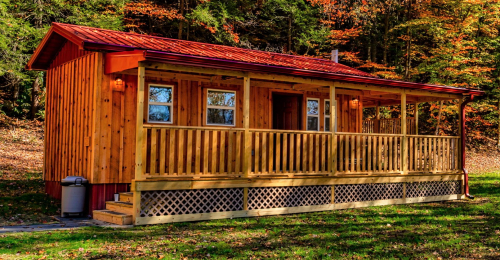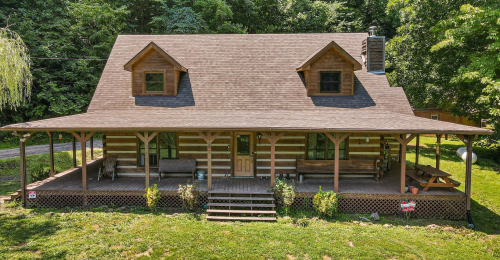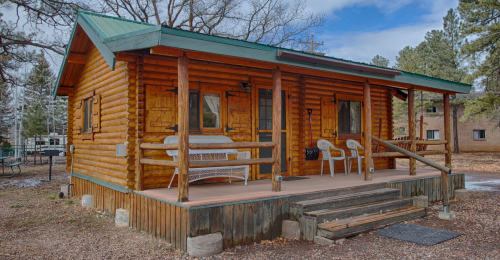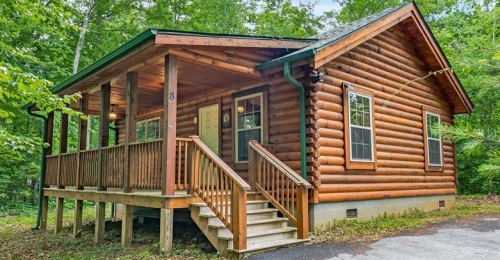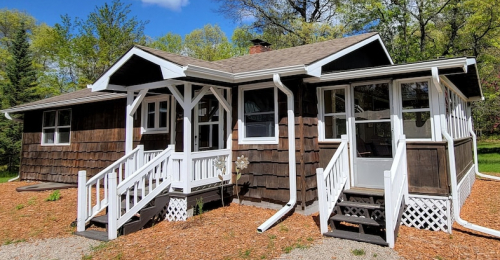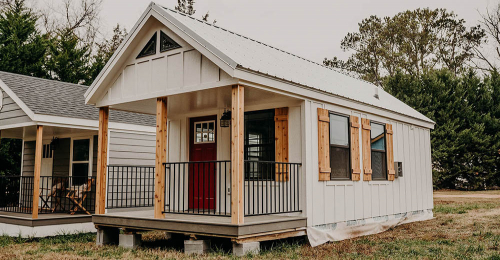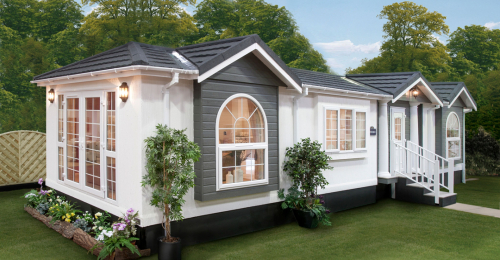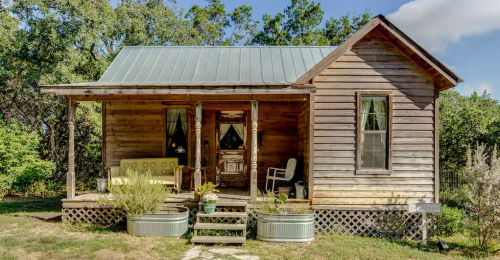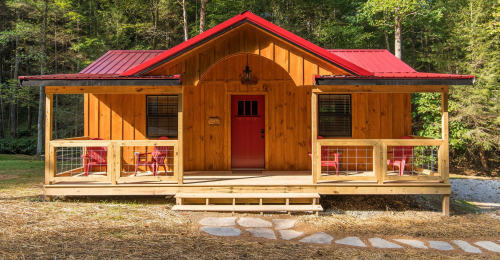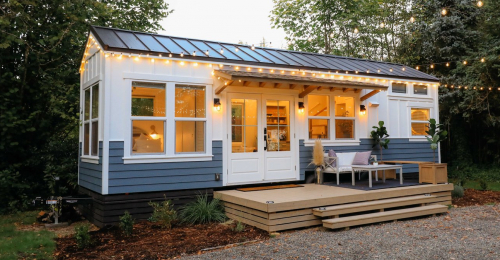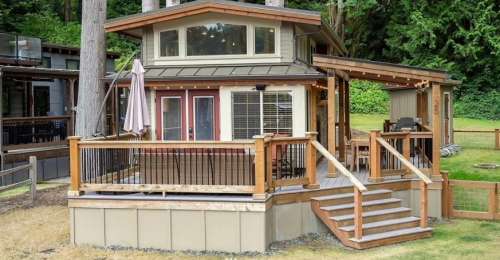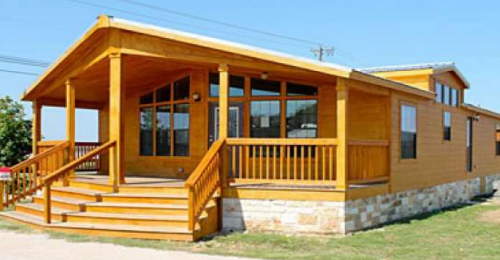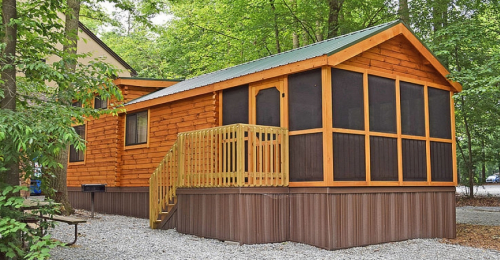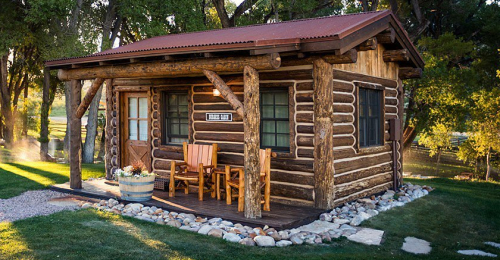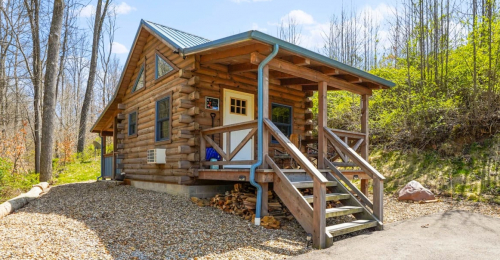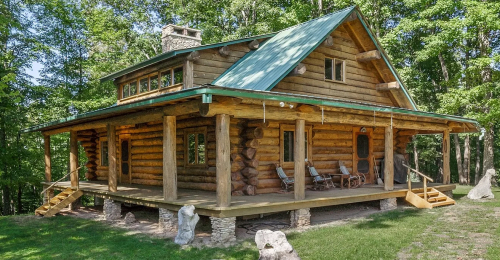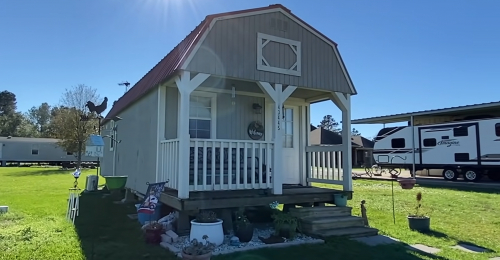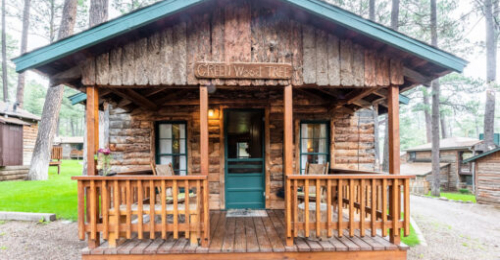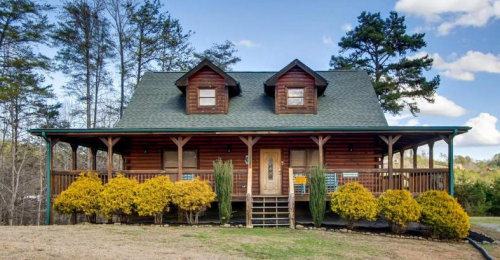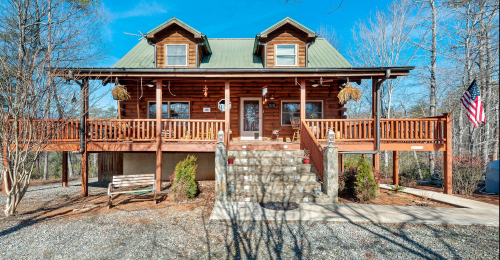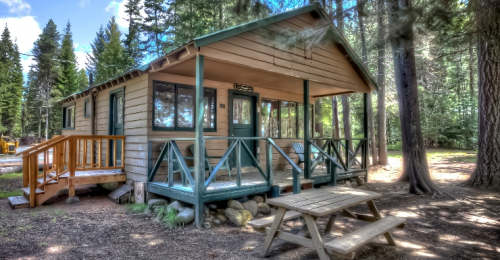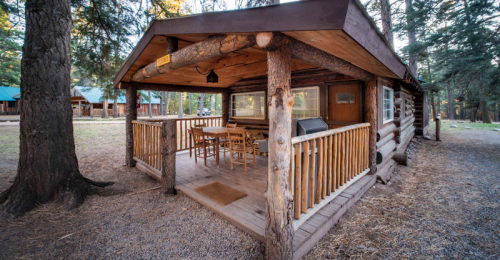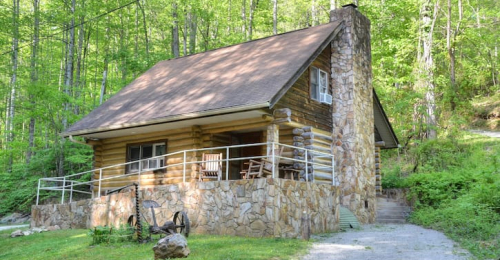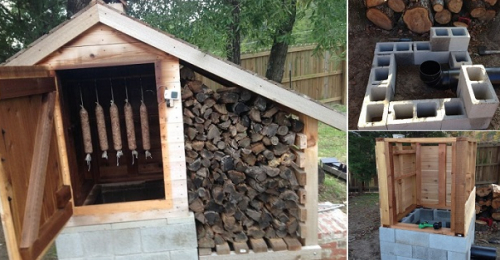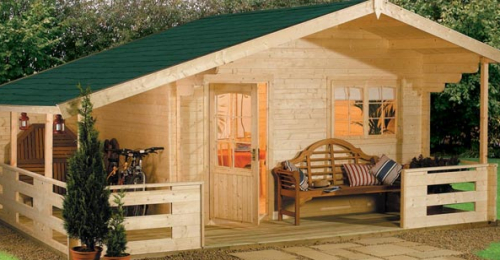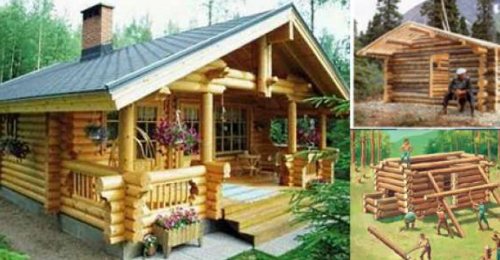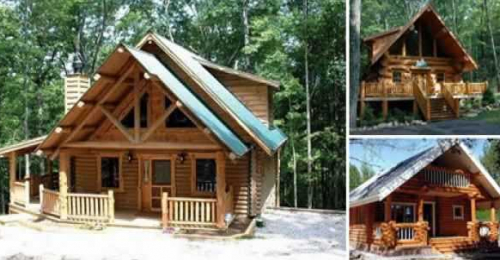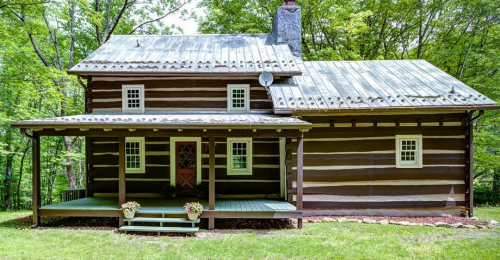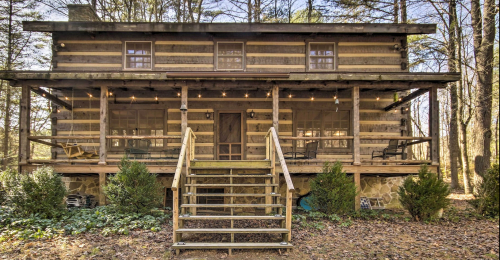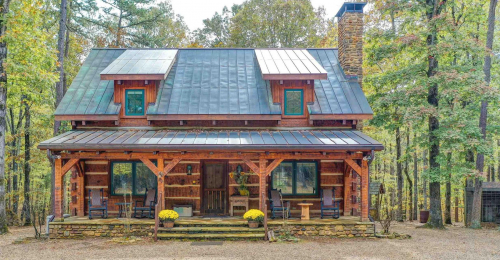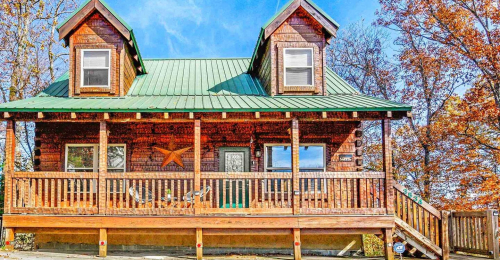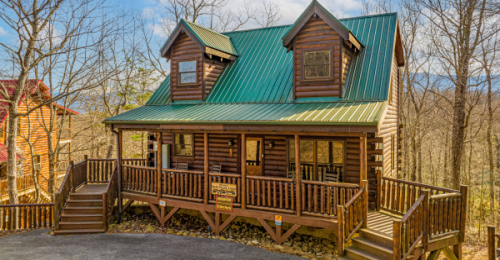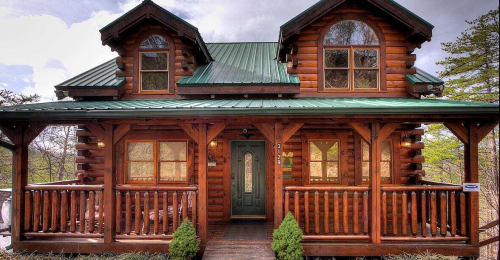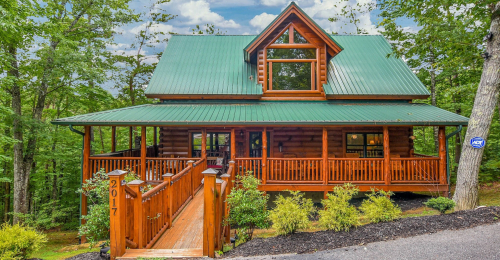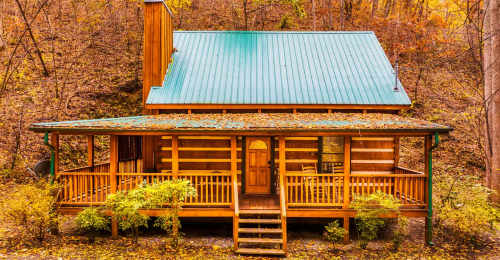This Meticulously Built Barn Has Incredible Interior Accents
Written by: Arron J. Staff writer @ Hyggehous.com
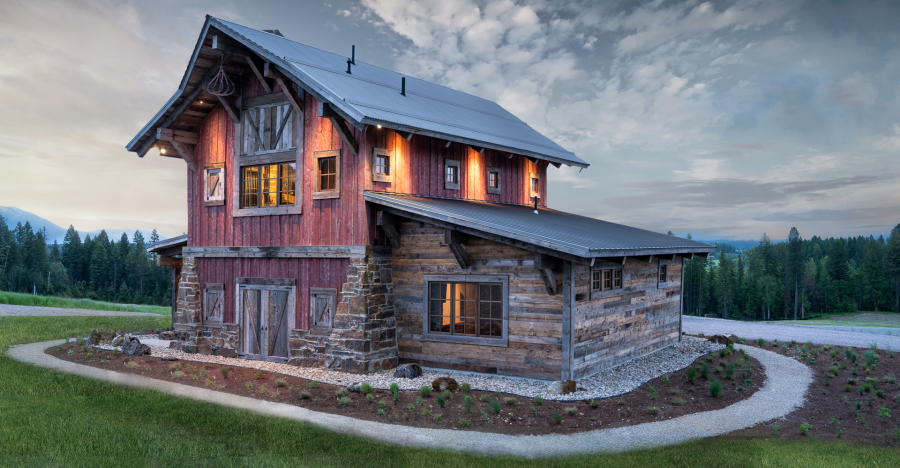
Photo Gallery

Reclaimed timbers and barn wood allow this meticulously built barn to become naturally immersed in this mountainside meadow.
You'll want to take a closer look at the incredible interior accents and details which invite years of new stories to be told in this farmhouse masterpiece. You'll see the use of reclaimed timber used both inside and outside this stunning barn-style home, and it gives the home its unique look.
The use of reclaimed wood isn’t a new concept, but it’s seen a rise in popularity, especially with green buildings and renovations.
Reclaimed timber is wood that has a past life used for a new purpose. Perhaps it was an old barn or storage crate that has been milled into reclaimed hardwood flooring, though this lumber is even being used to create reclaimed engineered wood floors. Like all building materials, reclaimed wood has both benefits and drawbacks. Shop Tiny Homes The following are some of the benefits and drawbacks of using reclaimed wood.
Multiple Uses.
You can use this lumber to make reclaimed hardwood flooring, tables, countertops, decks, wall paneling, cabinets, shelves, and anything else you can make with timber.
Environmentally Friendly.
When you use reclaimed lumber, you decrease the demand for newly sourced lumber, which helps to curb deforestation. If harvested responsibly, reclaimed wood is a renewable resource that reduces landfill waste as well as the use of environmental hazards to manufacture new products.
Quality and Strength.
Reclaimed wood is up to 40 points harder on the Janka hardness scale than virgin wood because it often comes from old-growth trees instead of first-generation forests.
Looks.
Because reclaimed wood is aged and weathered, it has a unique look that is hard to find in new building materials.
Legitimacy.
Because of the popularity of reclaimed timber, some dealers make false claims about the source of their products. To make sure the lumber is truly reclaimed, you want to be sure and purchase from a reputable dealer with certifications from organizations such as the Forest Stewardship Council or the Rainforest Alliance.
Price.
Reclaimed lumber may be more expensive than virgin wood because of the process it undergoes. A reclaimed wood dealer sorts and prepares the wood so it’s safe for consumer use, and often there is a lot of nail pulling and extra work involved. If you have experience handling lumber, you can mitigate this cost in some cases by deconstructing wood products yourself.
Pests.
Many pests like to make their homes in wood. Before purchasing reclaimed timber or deconstructing an item to get your wood, inspect it for signs of an infestation. Signs can include asymmetrical holes in the lumber, the presence of bugs, or wood that crumbles when you touch it. In any case, if you are using reclaimed wood as a building material, it should be kiln-dried to ensure invasive pests are killed.
Hidden dangers.
If you don’t purchase reclaimed wood from a company that sorts and processes it, you may find hidden dangers like nails or other organic matter. Handle the lumber with gloves, and inspect it for items of concern before you start on a building project.








